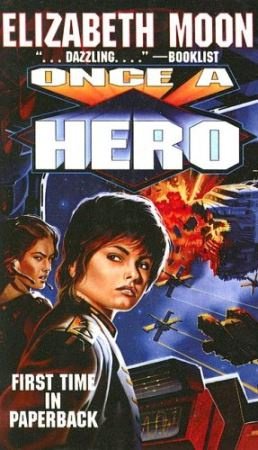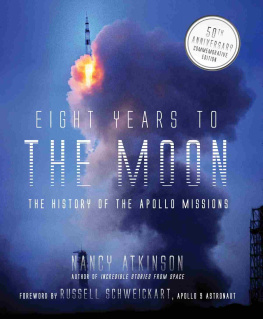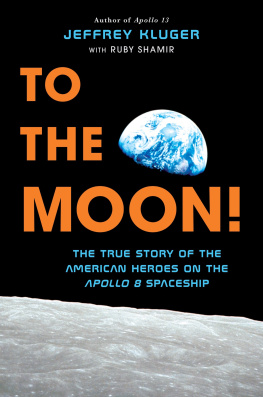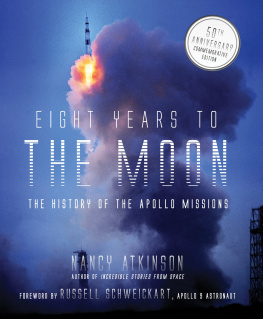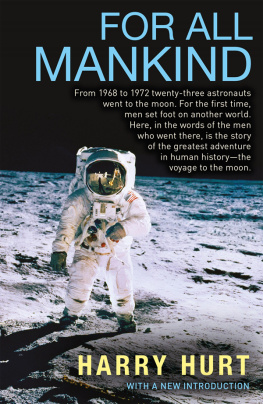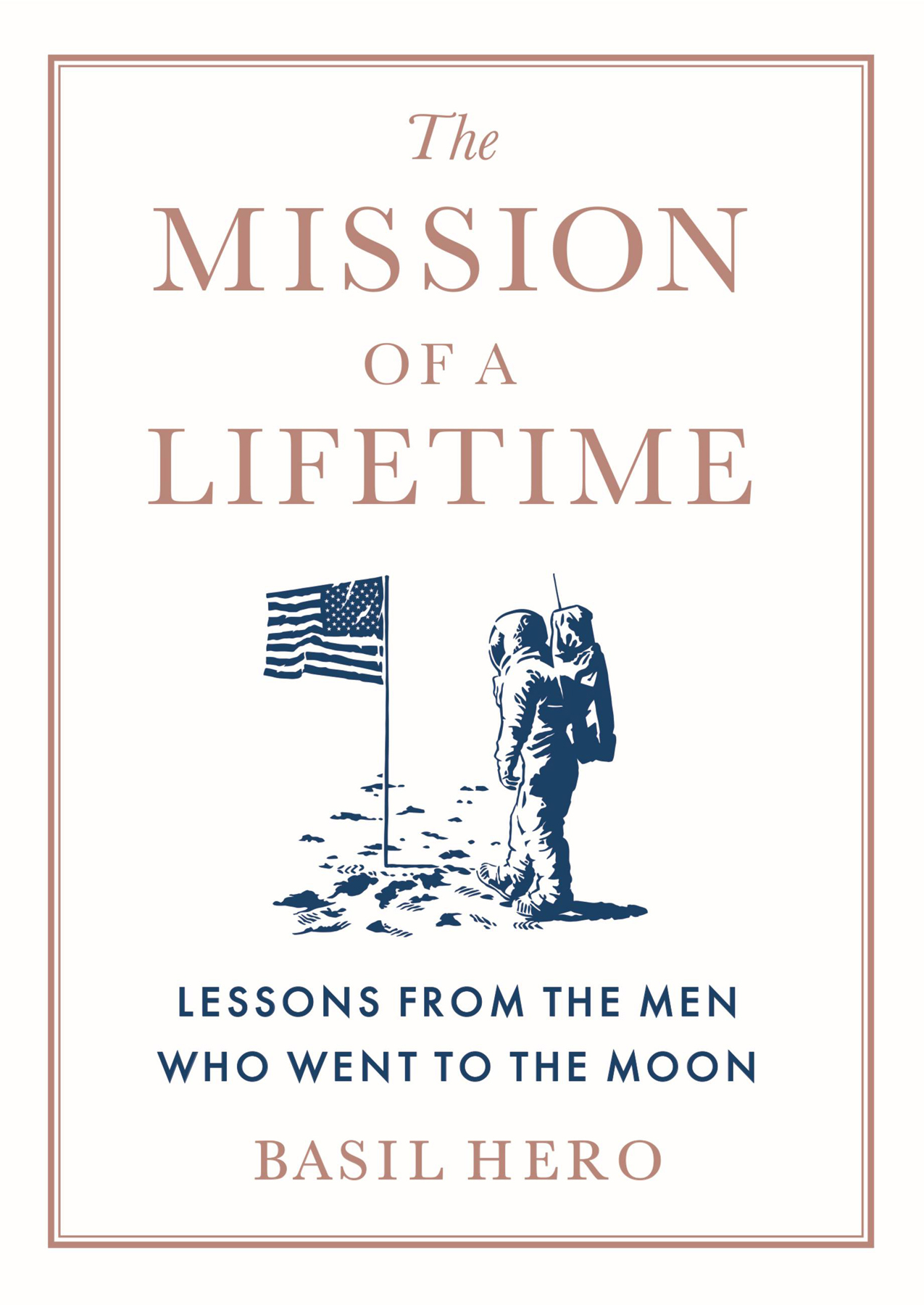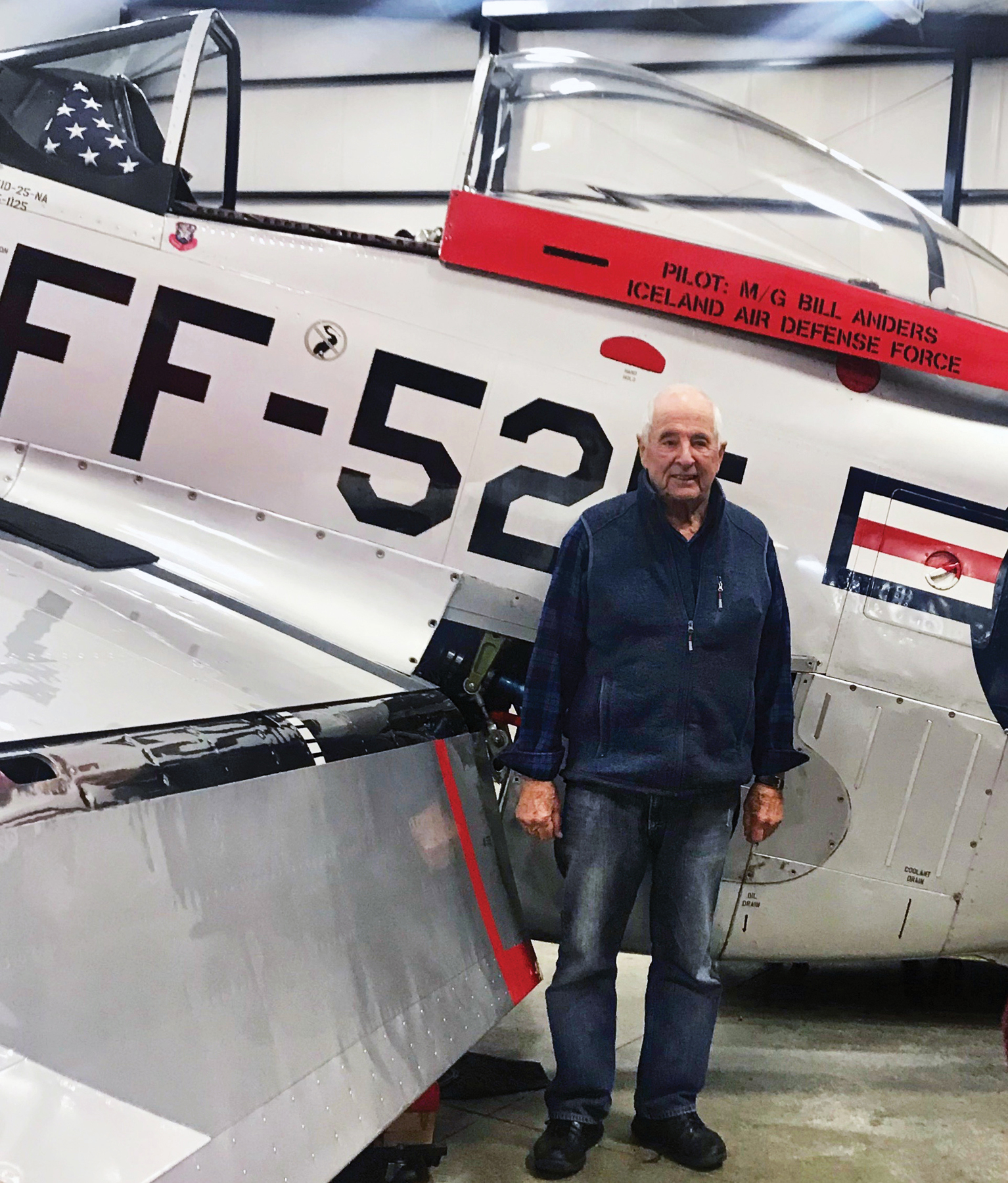
Bill Anders still flies his collection of vintage airplanes, 2018 (Courtesy of Basil Hero)
S pace is making a comeback. Cable news networks are once again broadcasting the live countdowns of rocket launchesthis time of the privately built rockets of billionaire visionaries such as Jeff Bezos and Elon Musk. Their plans for colonizing the moon and Mars are making regular headlines, and a new generation raised on movies like Gravity and The Martian has gotten the bug for space. In 2017, 18,300 people applied to NASA for fourteen available astronaut slots all of them hopeful that they might, one day, run their gloved fingers over the surface of another world.
How extraordinary to think that with all the technological progress of the last fifty years, no country today has a rocket powerful enough to achieve the six Apollo moon landings that took place between 1969 and 1972. No human has left low earth orbit or kicked up any moon dust since then. Thats a long time. What, I wondered, do the twelve of the remaining twenty-four Apollo astronauts who either orbited or walked on the moon think about all of thisnot just about the state of todays space program and its future but, more intriguingly, the life lessons they learned from humanitys ultimate road trip of exploration? While their lunar missions have been written about exhaustively, including their autobiographies, those were written years ago and stopped short of probing the more primal questions each of us has wrestled with. Its possible, I thought, that as they were closing in on their nineties, they might be willing (even keen, perhaps) to offer the kind of life reflections generated by the accumulated wisdom of their emeritus years. Reflections about courage. About conquering ones fears. About what constitutes a worthwhile personal and professional life. About the latest information on our home planets perilous state and their thoughts on the bold plans of innovators like Jeff Bezos to colonize the universe. I decided to make it my mission to hear what they had to say.
The men who went to the moon remain historys most elite fraternity. Their extraterrestrial view of Earth from the moon changed them and the world. As of this writing, only twelve of the twenty-four lunar voyagers are alive. Time was running out to talk to them. The bigger challenge I faced was how to reach them.
The improbable answer came on the night of October 29, 2014, with the arrival of Hurricane Sandy, which mutated into a monster that meteorologists needed a new name to describe. They called it FRANKENSTORM ! Lower Manhattan was deluged by a fourteen-foot wall of surging ocean water and went dark. In Connecticut, where I lived, uprooted trees and downed power lines cut the electricity to my Westport home. My immediate concern was for my retired neighbor who moved next door to me the week before. I was unaware that he was one of the nations leading space historians. When I knocked on his door to check on him, I could see right away that he needed more than candlelight to safely navigate his living room, so I returned with a few spare storm lanterns. The room lit up to reveal the lair of a writer. The center of Bills living room was dominated by an eight-foot-long table covered with multiple rows of neatly labeled manila file folders arrayed against open books loaded with sticky notes. Clipped newspaper articles were scattered near his computer, and bookcases gobbled up the rest of the room. Above his small, round wooden dining table hung a corkboard with a single sheet of bold lettering spelling out WE ARE THE SPACE RACE .
Are you the same Bill Burrows, I asked him, who wrote This New Ocean: The Story of the First Space Age? His big smile said yes. My new neighbor was a Pulitzer Prize finalist, former New York Times reporter, retired professor of journalism at NYU, and the author of twelve books (most on space and national security issues).
Bill and I would share our passion for the moon shots as he worked on his newest book, The Asteroid Threat, which was published two years after we met. Bill (now eighty-one) became more than a friend as he began advising me in this undertaking to give readers a prescription for living boldly (and deeper reflection) from the men who went to the moon.
The ex-journalist in me kicked in to start tracking down the men Ive come to call the Eagles. Bill, of course, was the obvious starting point. But the only contact information he had was for shuttle astronaut Tom Jones (TJ), who wrote Sky Walking and gave a dust jacket testimonial for The Asteroid Threat. But even TJ had no e-mail addresses for the Eagles, which I soon discovered are known only to a select few who essentially serve as their gatekeepers.
So, who are the gatekeepers? I wondered. TJ suggested going to Andy Turnage, the executive director of the Association of Space Explorers (ASE), to whom he made an introduction. I knew I had one shot with Andy, and condensed my e-mail to him into a few compelling paragraphs about the theme of the book, and gave him a short list of the Eagles I wanted to interview first (among them Apollo 8s Bill Anders, who took the celebrated Earthrise photo, which gave humanity its first clear look at Earth from the moon, and ultimately helped launch the environmental movement).


